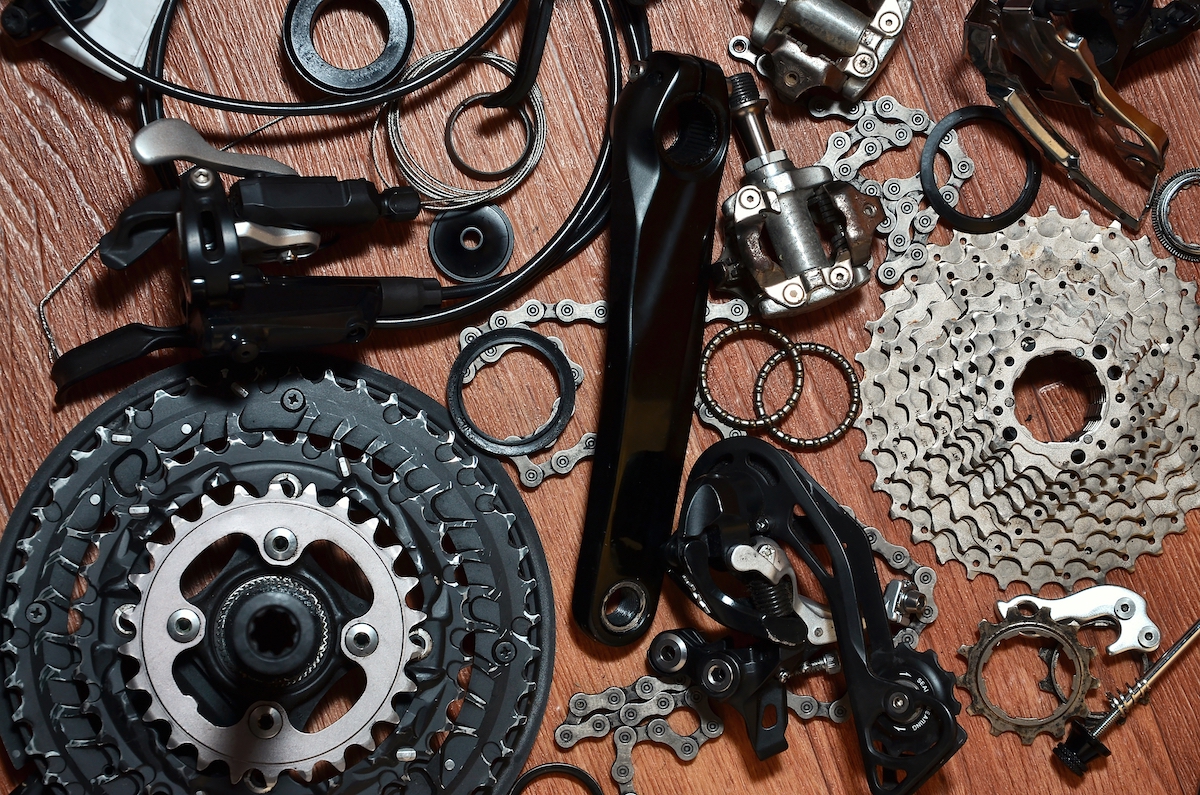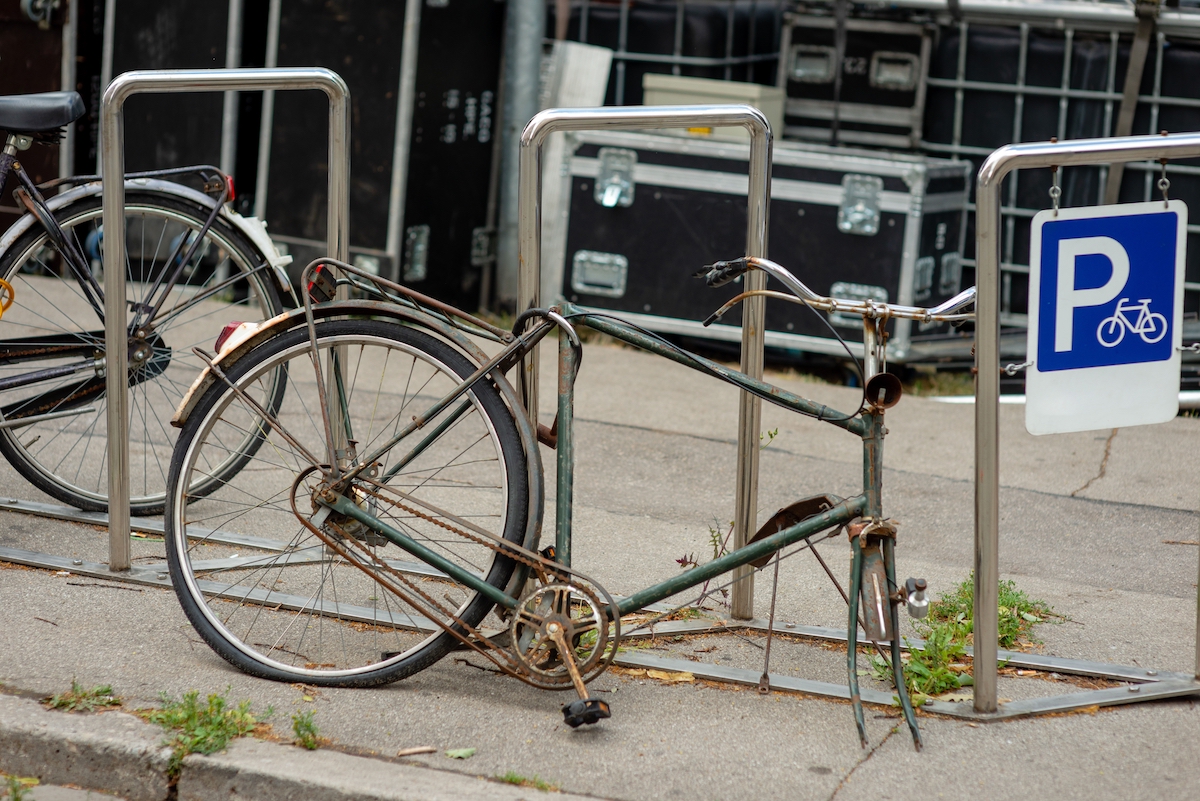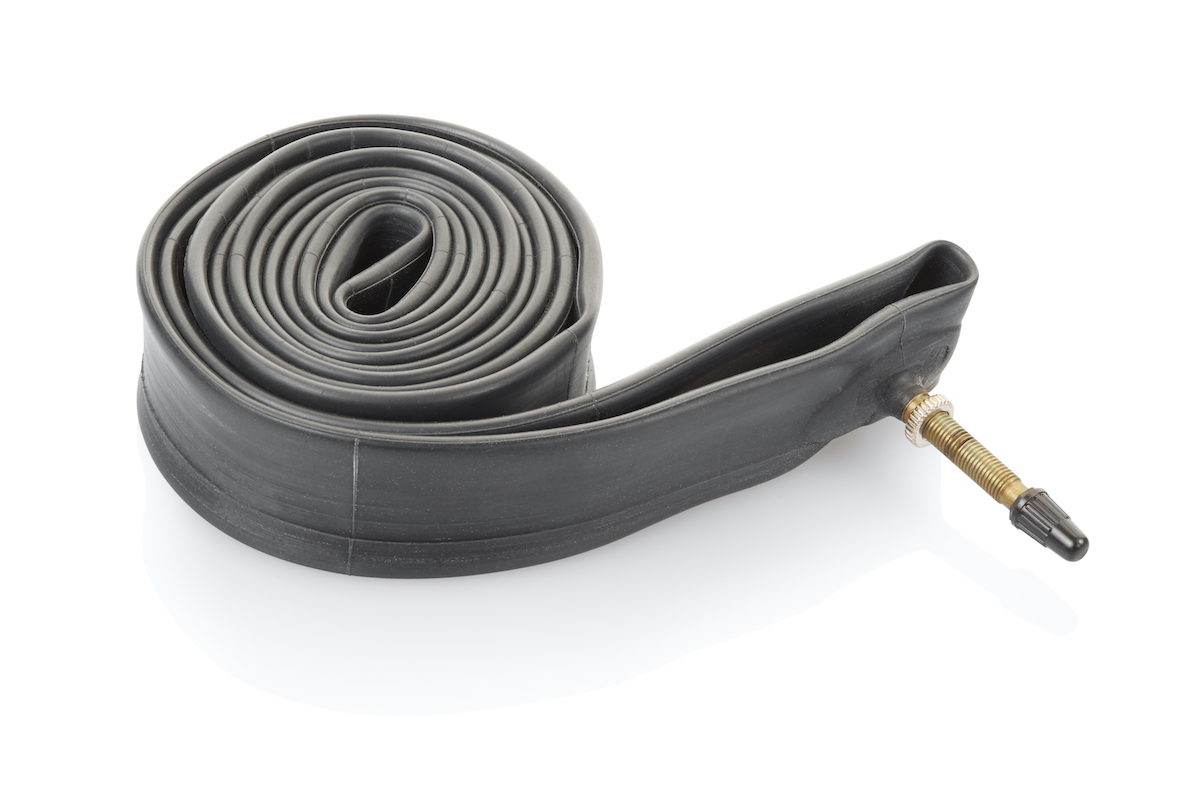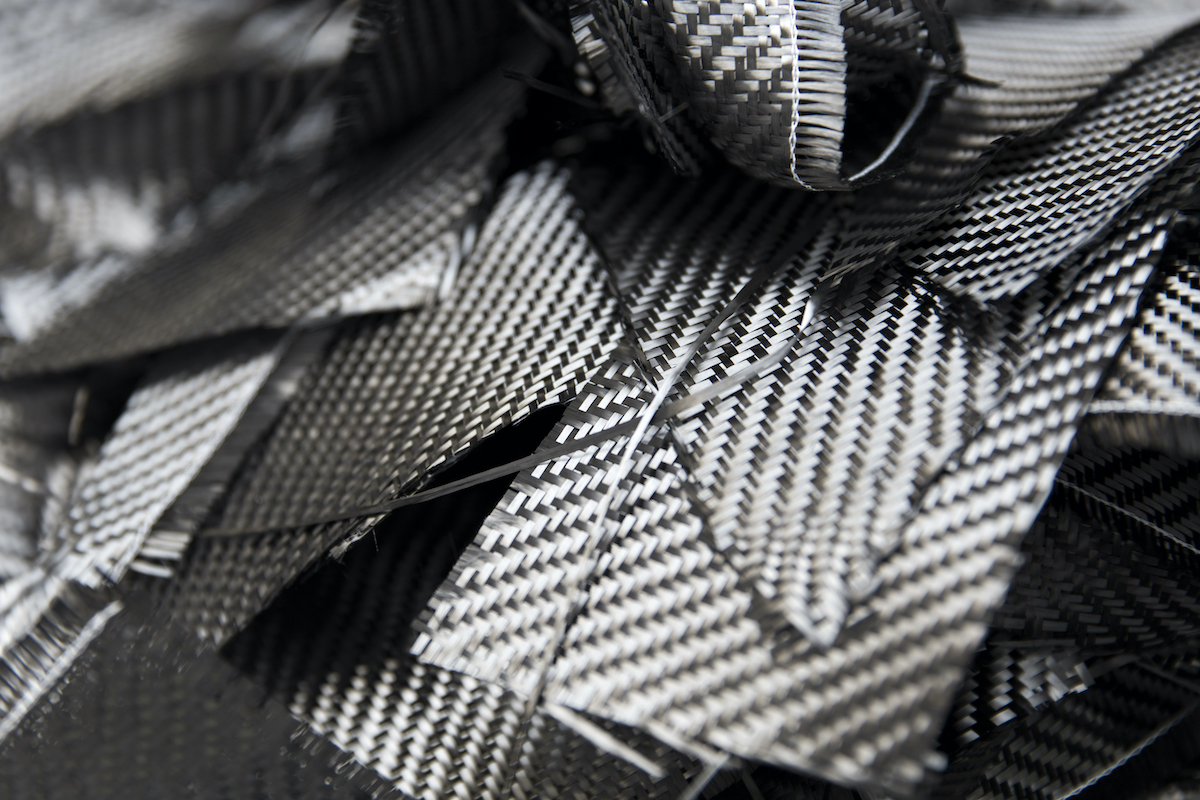If you’ve been cycling for several years and you don’t just carelessly toss things in the trash, it’s quite likely that you’ve gathered a lot of bike parts that are no longer useful to you. You may even have an old bike parked and forgotten in a garage because its frame has broken or because you simply bought a new one.
We all end up storing cassettes, chains, inner tubes, tires and other parts without really knowing what to do with them. Sure, you can simply throw them in the trash, but this is not very responsible or eco-friendly because everything can have a second, third or even fourth life. Everything used, worn and / or damaged can be recycled, and there is always someone who could make use of what we have not worn out.

First, before looking at what we can do with each component, let’s point out that the most eco-friendly attitude begins with the proper use of the parts; for instance, a tire inflated to the right pressure will take longer to wear out. The next thing is cleaning and servicing your bike properly and regularly. This will extend the life of all the parts, save us money and reduce waste. That being said, let’s start going through those boxes of used bike gear and components – it’s recycling time!
Metal parts

Used or broken aluminum, steel or titanium cassettes, chains, chainrings, cranks, handlebars, stems, seatposts, wheels and rims, pedals, brake calipers, brake discs, frames and forks can be recycled relatively easily.
If they include plastic elements, you should first remove these, which can sometimes be difficult, if not impossible. Then, clean the components thoroughly. Finally, drop them in the specific bin for metal waste at the nearest recycling center or take them to a scrap metal dealer.
Parts and components that you have not used, are not broken or worn out, can be put up for sale or donated to a store or organization specializing in recycling bicycles – that way they’ll get a new life on another bike.
If you like DIY, here are a few ideas to give a second life to the metal parts of your bike: a lamp made of a bike frame, flower-shaped decoration using chains and cassettes, a bottle opener, Christmas ornaments and 10 other ideas of products created using a bike chain, a wall-mounted bike rack made of a handlebar, a lamp made of handlebars, coat hangers from upcycled rims…
Tires and inner tubes

Both tires and inner tubes can and should be recycled, but whether the process of recycling just those two elements on a small scale is efficient remains to be seen, given the small amount of rubber they contain compared to the tires of other vehicles.
However, neither the tires nor the tubes should be simply thrown away, because they do not decompose easily and contain toxic, polluting materials (synthetic rubber, carbon black, silica), in addition to the Nylon of the casing and the steel or Kevlar of the bead.
There are several options for their recycling:
- Take them to a recycling center to find out if they can be recycled.
- Check with your local bike stores if they have a tire and tube recovery and management system. Schwalbe has a recycling system for inner tubes and collects them at their points of sale located in Germany, Austria, Switzerland, Italy and the Netherlands.
- Give them a second life as wallets or belts.
If you are looking for inspiration, take a look at what Cycle Of Good does with the inner tubes received from their partner stores. A simple Google search can also give you ideas for using all those used tubes and tires.
The problem with carbon fiber

Carbon fiber is a great material for cycling. It is light, stiff, strong and has no expiration date. That means that even though it may lose some of its stiffness over time, it basically lasts forever. This allows us to use a bike, handlebars or wheels for a long time but in case of fracture or breakage, recycling becomes an issue. There are, however, companies all over the world specializing in recycling carbon fiber. It is a costly and non eco-friendly process that produces materials used for various new purposes (not for new bikes though). For example, industries that use a lot of carbon fiber, such as the aerospace sector, recycle it and reuse it in other parts of airplanes or in laptops.
Let’s start by saying one thing: we can’t just toss carbon fiber in the trash and have it end up in a landfill. That being said, unfortunately most recycling centers and bike stores do not have appropriate waste management systems to collect and recycle carbon fiber. In fact, not even the cycling industry itself had looked into this matter until recently and very few brands today offer their customers the possibility of collecting their bike or components to be recycled. Therefore, the widespread use of carbon fiber in bicycles is alarming and we must find a solution. Some people are already looking for solutions while brands are trying to recycle the carbon fiber discarded in the production process.
In the meantime, perhaps it is time for the brands to implement a management system using their points of sale as collection centers where we could take not only the irreparable carbon fiber parts, but also the rest of the components mentioned in this article. As far as we cyclists are concerned, we should take proper care of our equipment, repairing it if possible and never just throwing it away because, as Annie Leonard says: There is no such thing as “away”. When we throw anything away, it must go somewhere.





Pingback: How to Get Rid of Old Bikes - 9 Effective Ways (2023)